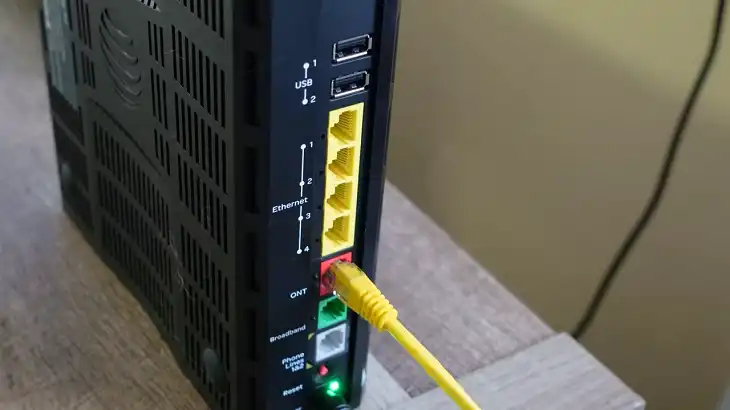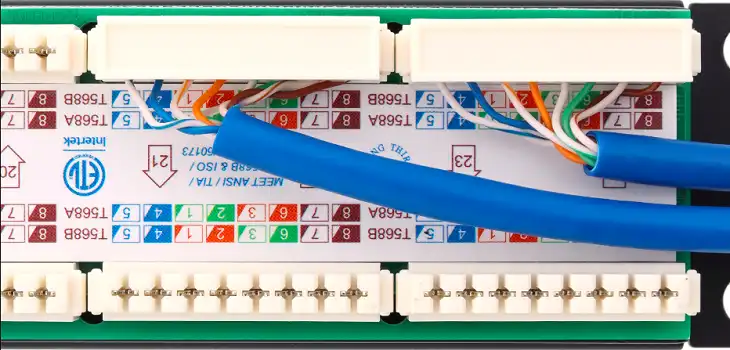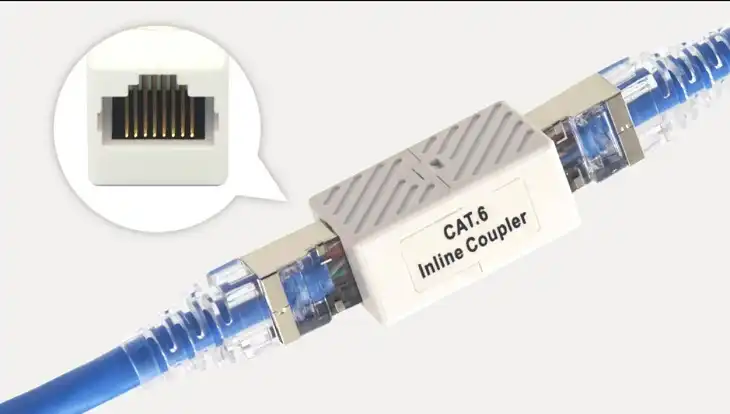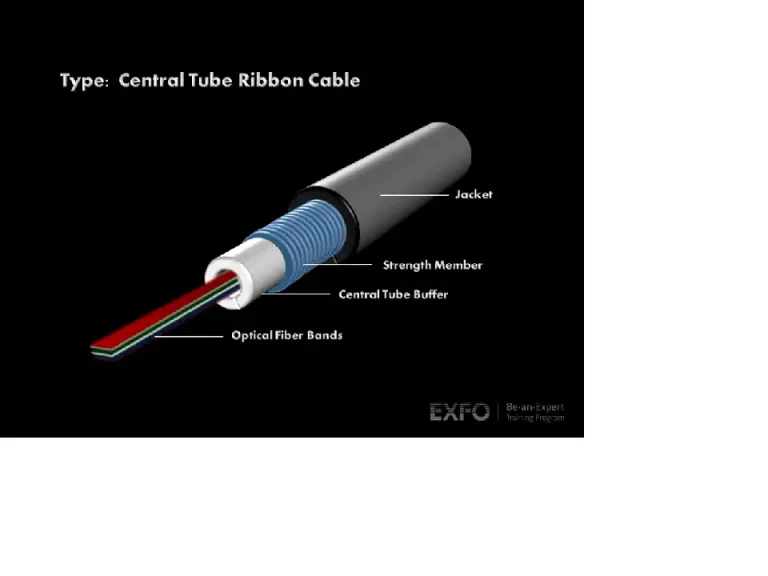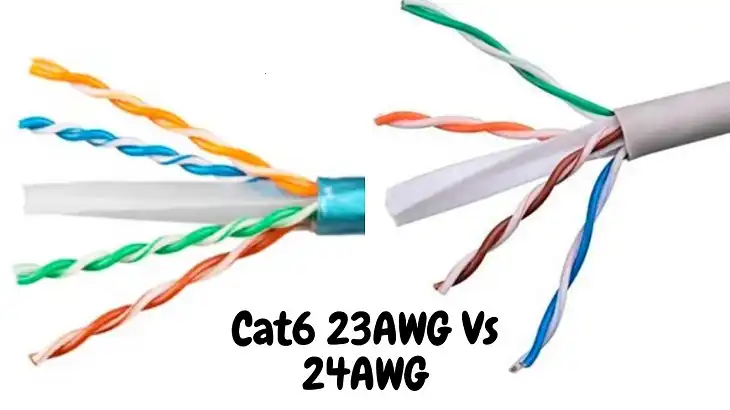RG6 vs RG11 Coaxial Cables: Which One Should You Use?
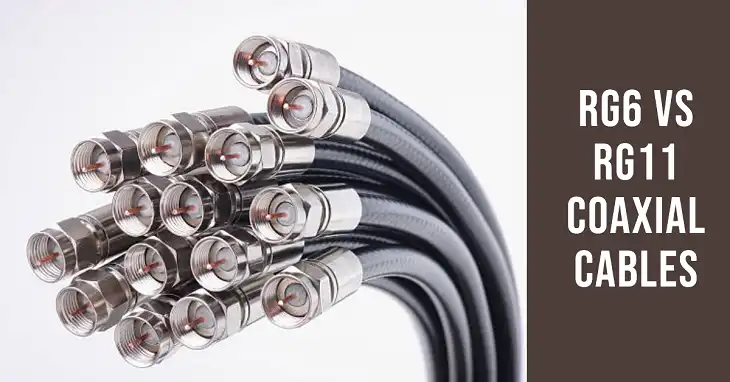
Short Answer: The main difference between RG6 and RG11 coaxial cables lies in their thickness, signal quality, and maximum range. RG11 is thicker, has less signal loss, and is best for longer cable runs, while RG6 is more flexible, easier to install, and works well for shorter distances (under 150 feet). If you’re running a cable over a long distance or need better signal retention, RG11 is ideal. For home setups and shorter connections, RG6 will suffice.
What Are RG6 and RG11 Cables?
RG6 and RG11 are both types of coaxial cables, commonly used to transmit signals for TVs, satellite installations, internet, and other communication services. The “RG” stands for “Radio Guide”, a military designation, while the numbers indicate the size and specifications of the cable.
- RG6: The most commonly used coaxial cable, especially for home use, with a 75-ohm impedance and a thinner build compared to RG11.
- RG11: A larger, bulkier cable with a 75-ohm impedance but better for long-distance signal transmission due to less signal loss over long runs.
What Are the Key Differences Between RG6 and RG11?
Here are the key differences between RG6 and RG11:
| Feature | RG6 | RG11 |
| Cable Thickness | Thinner (6.86mm in diameter) | Thicker (10.3mm in diameter) |
| Signal Loss | Higher signal loss over long distances | Lower signal loss over long distances |
| Maximum Range | Best for short runs (up to 150 feet) | Best for long runs (up to 600 feet) |
| Flexibility | More flexible and easier to install | Stiffer and harder to maneuver |
| Cost | Less expensive | More expensive due to higher-grade materials |
| Applications | Home setups, short-distance satellite, TV, internet | Outdoor installations, longer distance connections |
| Shielding | Single or dual-layer shielding available | Often has higher-quality shielding |
How Does Signal Loss Differ Between RG6 and RG11?
One of the primary reasons people choose between RG6 and RG11 is the signal loss (also known as attenuation) over distance.
- RG6: Signal loss is more pronounced, especially over longer distances. For instance, at 100 feet, RG6 may experience around 5.5 dB of signal loss, which can degrade video quality or internet speeds. It’s best suited for distances under 150 feet.
- RG11: Signal loss is much lower, making it suitable for longer runs. Over the same 100 feet, RG11 would lose only about 3 dB of signal. This makes RG11 ideal for installations where the cable needs to run over 150 feet.
| Cable Type | Signal Loss Over 100 Feet |
| RG6 | 5.5 dB |
| RG11 | 3 dB |
How Do Cable Thickness and Flexibility Impact Installation of The Two?
The physical dimensions of the cables also differ significantly:
- RG6: At around 6.86mm in diameter, RG6 is thinner and more flexible, making it easier to run through walls, bend around corners, or use in tight spaces.
- RG11: Being thicker at 10.3mm, RG11 is more challenging to install in confined spaces. Its rigidity makes it harder to work with, but its superior shielding and lower signal loss make it a better choice for outdoor or long-distance installations.
If you’re setting up a system indoors with short cable runs and lots of tight bends, RG6 is easier to manage. For long-distance, outdoor installations where signal strength is crucial, RG11 is worth the extra effort and cost.
Which One Is Best for Internet and TV?
For internet and TV applications, both cables can work, but the choice depends on your specific setup:
- RG6: Works well for shorter connections to cable boxes, modems, and satellite dishes. It’s a great option for home use, where the cable run is usually under 150 feet.
- RG11: Best for long runs between satellite dishes or antennas and the home, or if the cable needs to stretch over long distances—up to 600 feet—without compromising signal quality.
If you’re running a cable from an outdoor satellite dish across a large property, RG11 ensures a stronger signal. For shorter in-home connections, RG6 is usually sufficient and far easier to handle.
Are RG6 and RG11 Cables Interchangeable?
In most cases, RG6 and RG11 are not interchangeable because they are designed for different applications. While both have the same 75-ohm impedance, their signal loss, thickness, and flexibility make them suitable for different use cases:
- Use RG6 for shorter runs and indoor applications.
- Use RG11 for long-distance runs, especially in outdoor or industrial environments.
While they can technically be used in the same types of systems (TV, internet, satellite), choosing the wrong one for a particular situation could result in poor signal quality or unnecessary installation difficulties.
What About Cost Differences?
Due to the thicker materials and superior signal retention capabilities, RG11 cables are generally more expensive than RG6. The higher cost reflects the better performance for long-distance signal transmission and outdoor durability.
However, if your setup doesn’t require a long run, investing in RG11 could be overkill. RG6 provides excellent performance at a lower cost for most home installations.
Verdict: Which Cable Should You Choose?
In summary, your choice between RG6 and RG11 depends largely on the distance the signal needs to travel and whether you’re dealing with outdoor or indoor installations. If you need a cable for short, in-home runs with minimal signal loss, RG6 is more than sufficient. However, for long-distance runs—especially in outdoor environments—RG11 is the better option due to its lower signal loss and durability.
For most home setups, RG6 is the right choice, offering the best balance of performance, flexibility, and cost. But for those needing to cover long distances with minimal signal degradation, RG11 is worth the investment.

